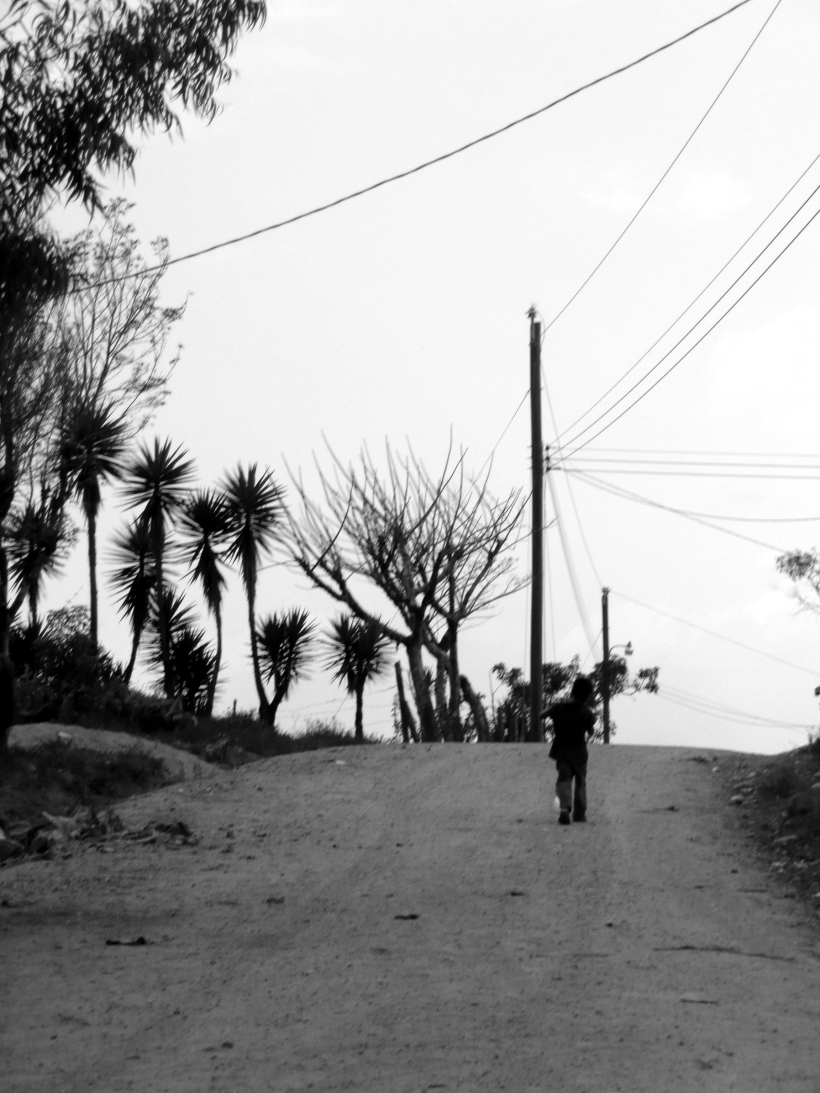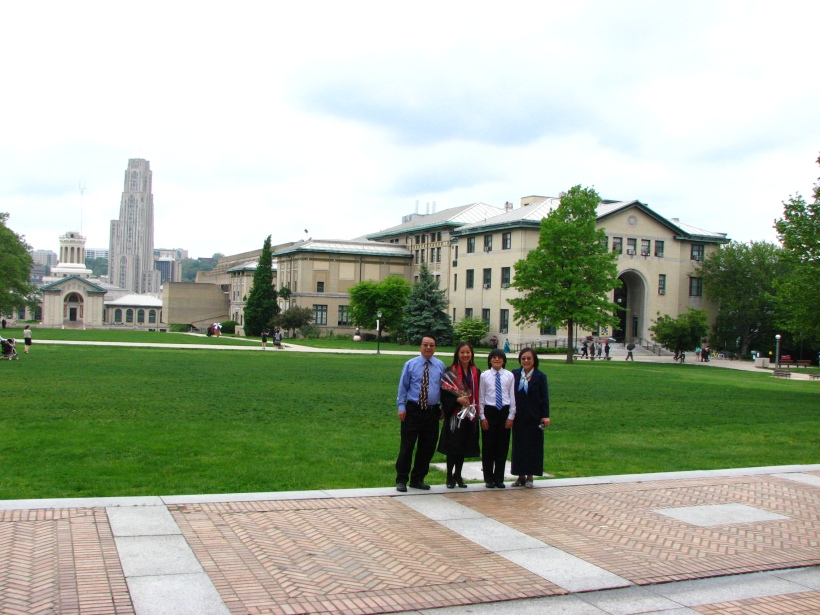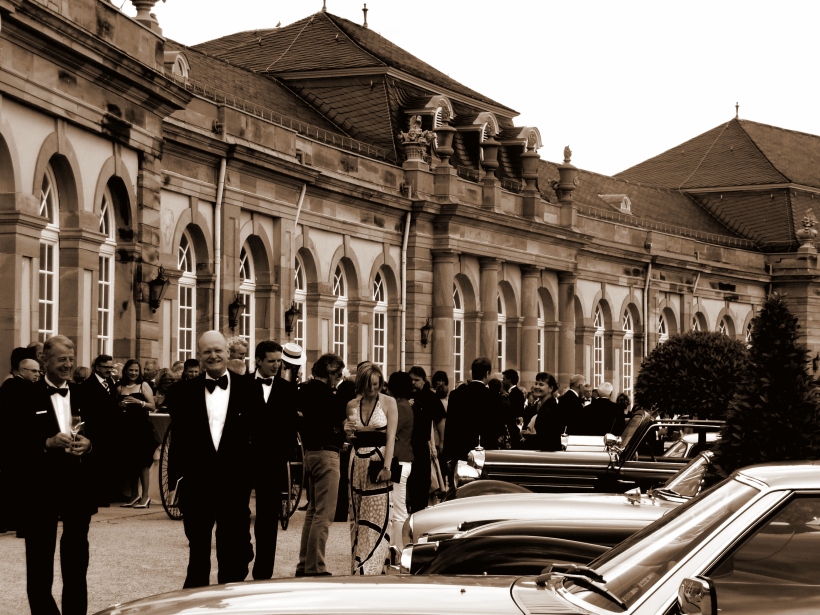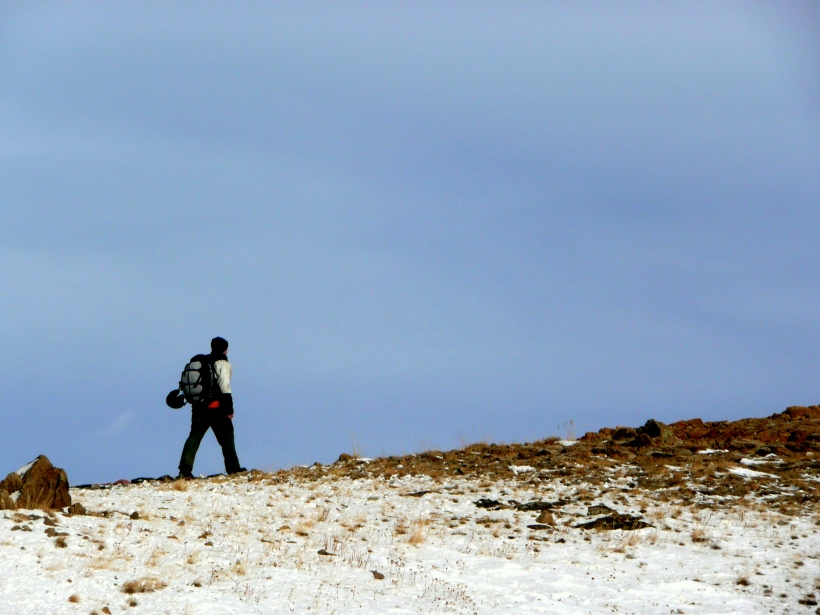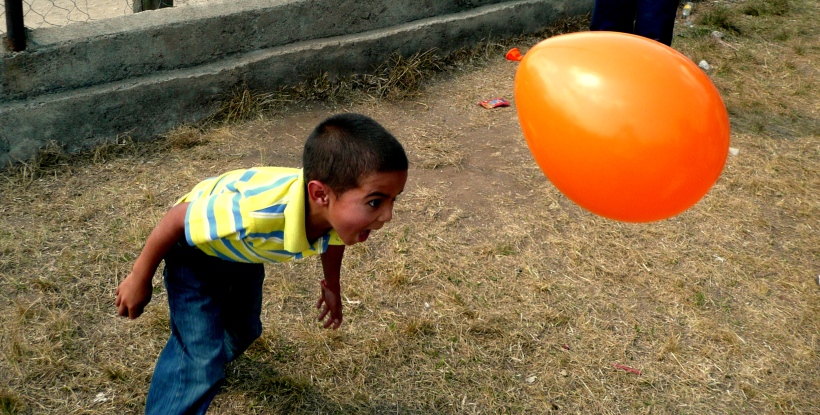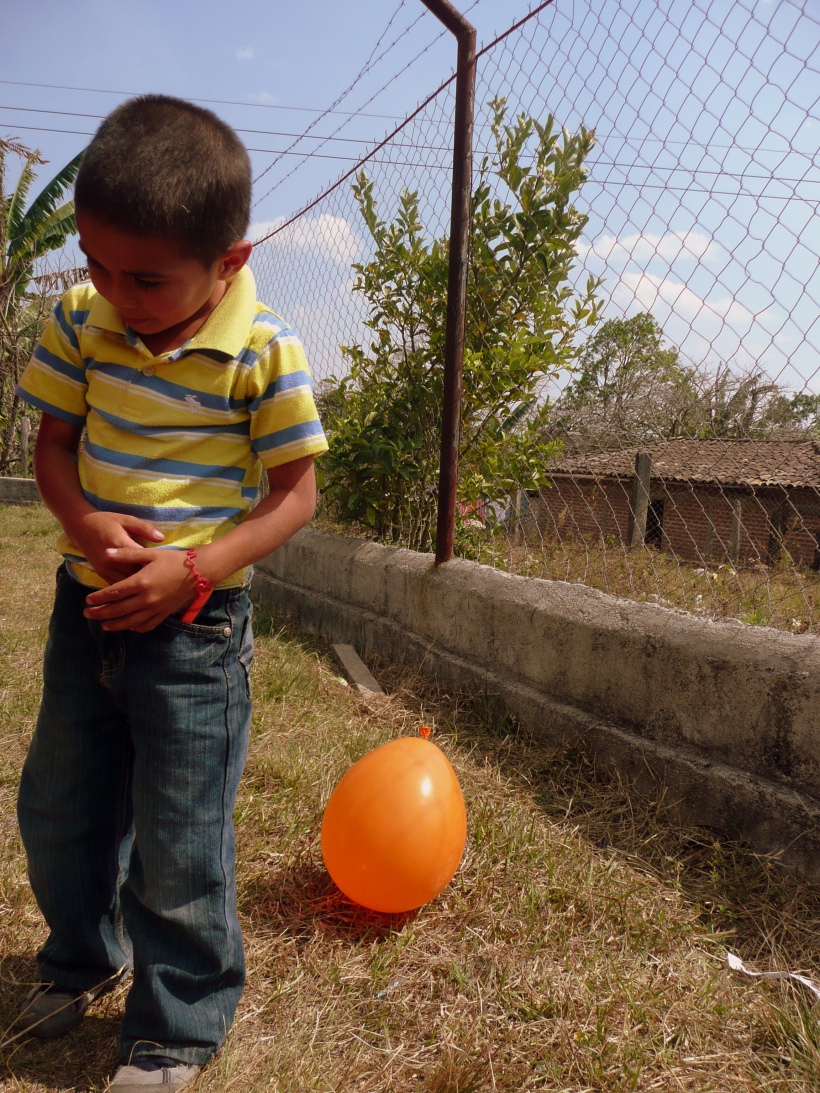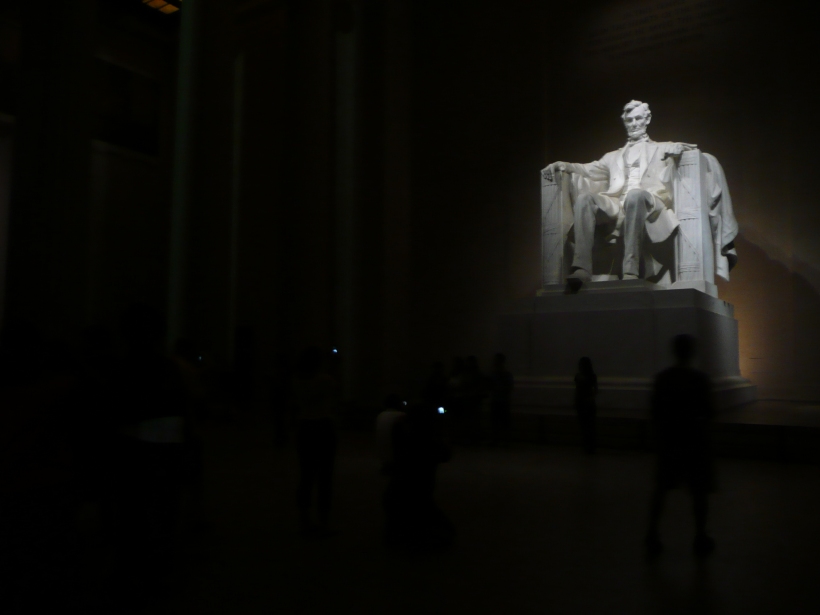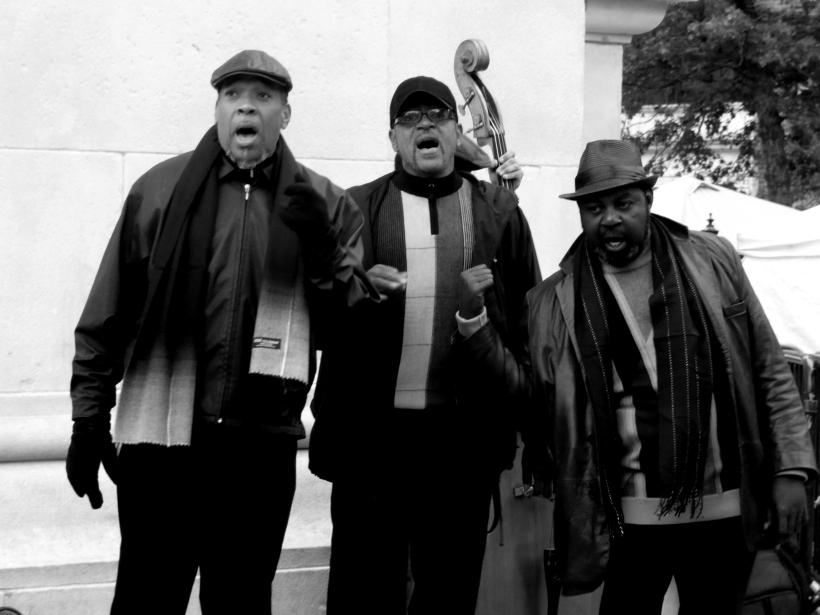“Music, an abstract stimulus, can arouse feelings of euphoria and craving, similar to tangible rewards that involve the striatal dopaminergic system.”
“…’chills’ or ‘musical frisson’… a well-established marker of peak emotional responses to music. Chills involve a clear and discrete pattern of autonomic nervous system arousal.”
“… the intense pleasure experienced when listening to music is associated with dopamine activity in the mesolimbic reward system… This phylogenetically ancient circuitry has evolved to reinforce basic biological behaviors… that is, musical stimuli, similar to other aesthetic stimuli, are perceived as being rewarding by the listener.”
“Thus, through complex cognitive mechanisms, humans are able to obtain pleasure from music, a highly abstract reward system consisting of just a sequence of tones unfolding over time, which is comparable to the pleasure experienced from more basic biological stimuli.”
Salimpoor et al., 2011. Anatomically distinct dopamine release during anticipation and experience of peak emotion to music. Nat Neurosci. 2011 Feb;14(2):257-62.






